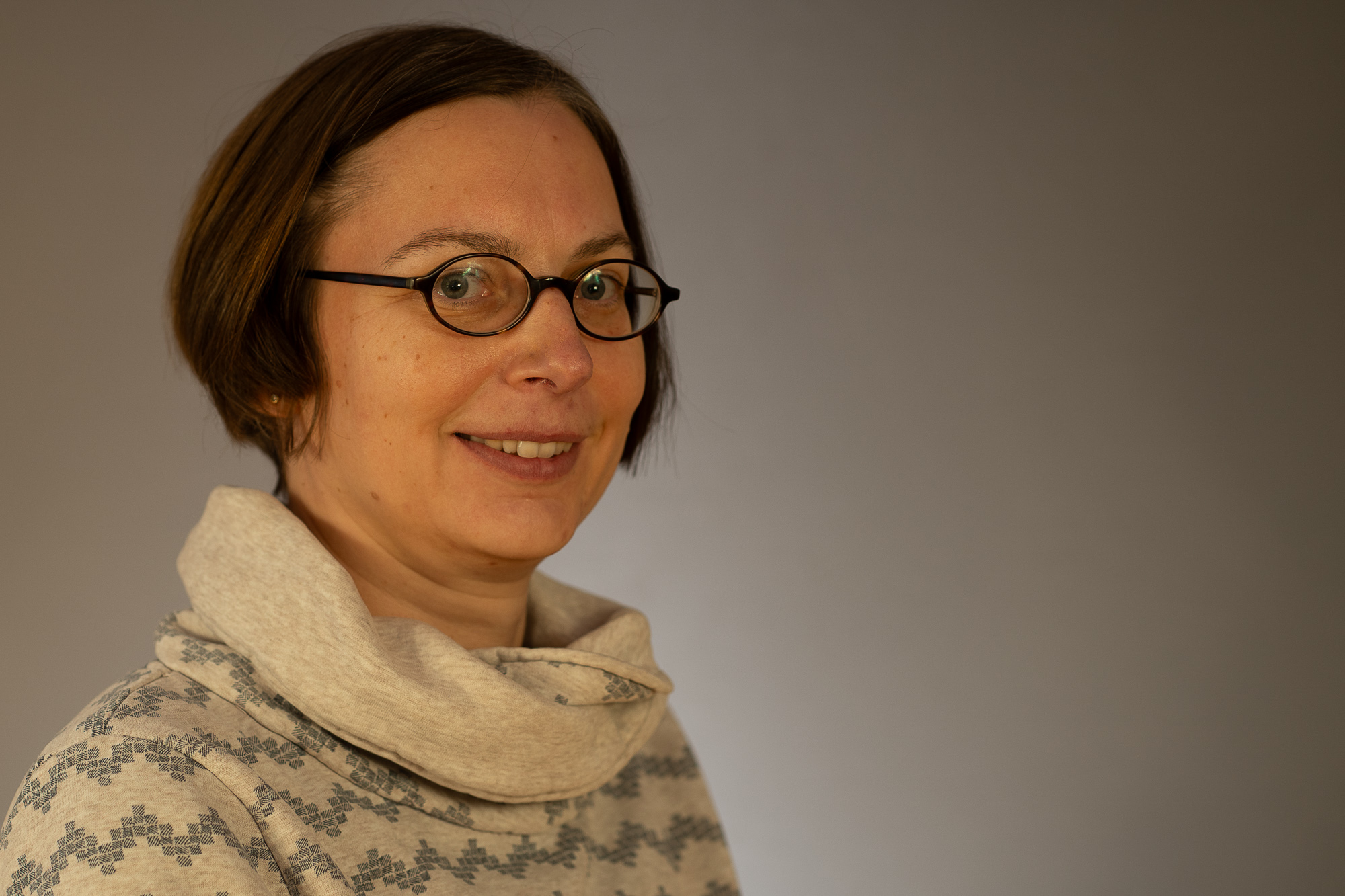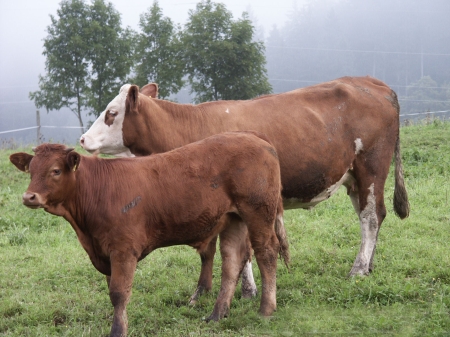Therefore, the focus of this project will be on investigating the meat quality (tenderness, color, marbling, ingredients, water-binding capacity, sensory properties) of young beef from suckler cows (slaughtered at the age of 10 to 12 months).
The aim of the present project is to provide clarity regarding the opinion expressed in practice and in the literature that young cattle from the Fleckvieh x Limousin crossbreed have significantly higher gains than purebred Limousin young cattle due to the higher milk production of the Fleckvieh cows, but are inferior in terms of meat quality.
The present project provides valuable insights into the meat quality that can be achieved from young suckler cows in Austrian grassland areas.
The data obtained will show differences between young beef and 'conventional beef', which comes from animals with live weights of 550 to 700 kg.
In Austria, suckler cow farming represents a labor-intensive alternative to dairy farming for many agricultural businesses.
Currently, 30% of all cows kept in Austria are suckler cows, although an increasing trend can be observed.
With the help of this project, suckler cow farms that produce young beef in grassland areas are supported in choosing the right genetics (mother and father breeds).
Furthermore, clarity should be created regarding the optimal slaughter age of male and female young cattle and the slaughter performance that can be achieved.
Further information on project management can be found in the database for research and sustainable development (Dafne) -> Link







